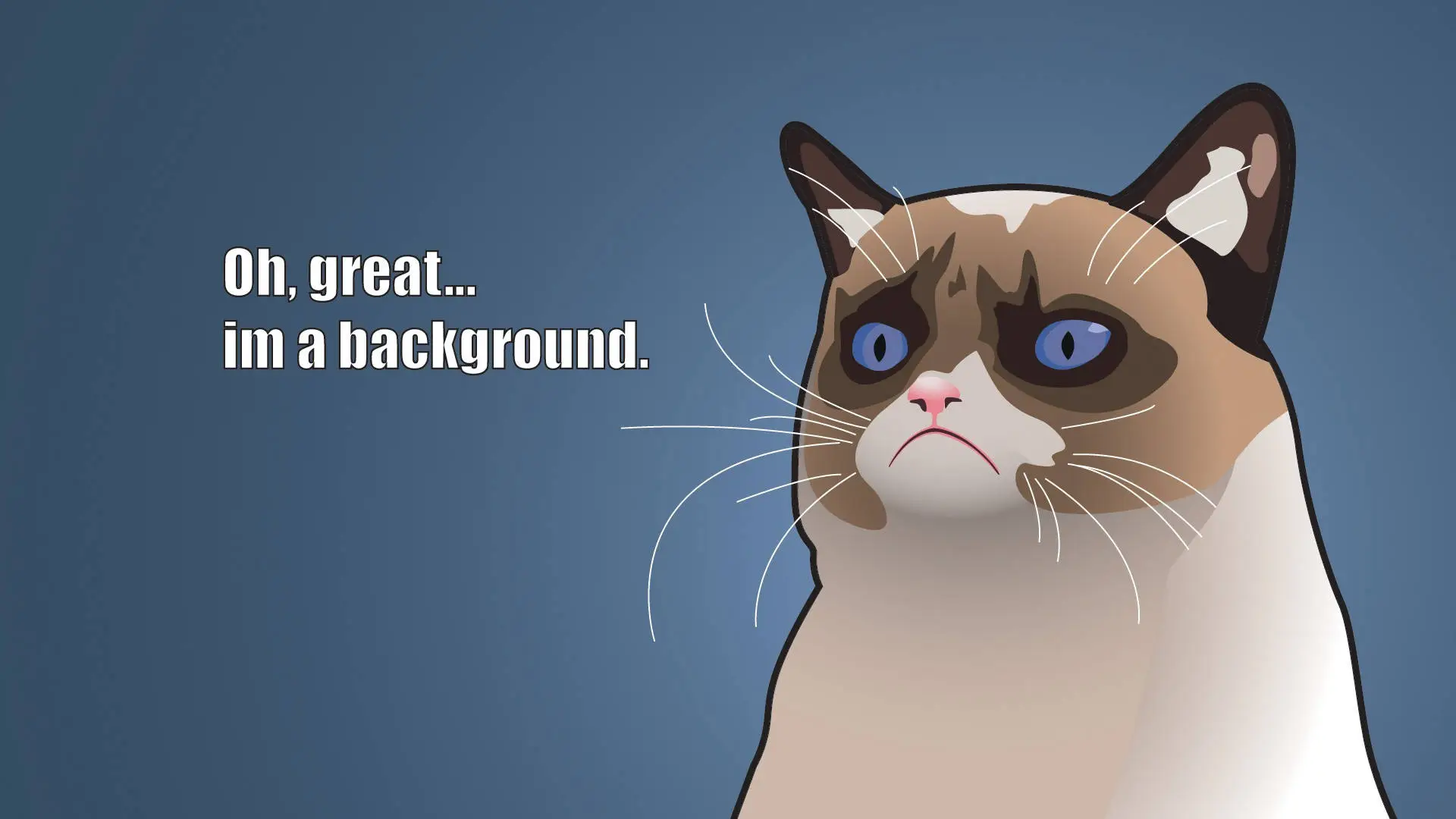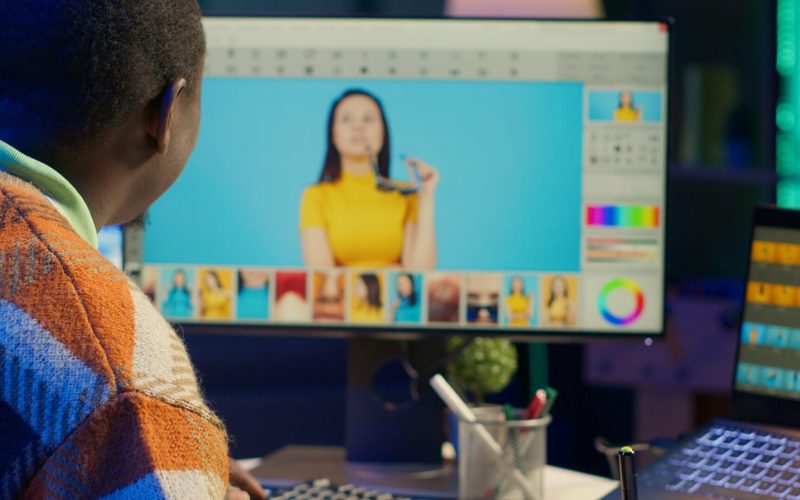In the fast-paced world of digital marketing, staying relevant means tapping into cultural phenomena as they happen. One of the most potent tools for engagement? Memes. These bite-sized, humorous, and highly shareable pieces of content have transcended social media trends to become a universal language of the internet. But how can brands effectively use memes to engage and convert their audience? Let’s dive in.
Why Memes Work
Memes resonate because they’re relatable, timely, and entertaining. When done right, they offer brands a unique way to:
- Humanize Their Image: Memes showcase your brand’s personality, making it approachable and authentic.
- Boost Engagement: A clever meme can generate likes, shares, and comments faster than traditional posts.
- Expand Reach: When people share your meme, your brand reaches new audiences organically.
Best Practices for Using Memes in Marketing
- Know Your Audience: Memes work best when they align with your audience’s sense of humor and interests. A meme that feels out of place or forced can backfire. Research your target demographic’s favorite platforms, slang, and humor styles to craft memes they’ll appreciate.
- Stay Relevant: Memes have a short shelf life. Jumping on a new trend too late makes your brand appear out of touch. Keep an eye on trending topics and create content quickly.
- Be Authentic: Don’t force your brand into a meme if it doesn’t fit naturally. An insurance company using a “Squid Game” reference might feel off, but a tech brand leveraging a “404 Error” meme hits the mark.
- Keep It Simple: The beauty of memes lies in their simplicity. Avoid overcomplicating your message. A straightforward punchline or visual is often more effective than a multi-layered joke.
- Adapt Memes Thoughtfully: Remixing a trending meme to include your brand’s message requires finesse. Ensure your version is funny, relevant, and aligns with the original meme’s tone.
Examples of Brands Winning with Memes
Duolingo
Duolingo’s owl mascot has become a meme icon, featured in quirky posts that remind users to practice their language skills with humor and a touch of menace.
Barnes & Noble
Barnes & Noble has revolutionized with the introduction of Threads. They took advantage of a new platform to integrate memes and witty humor into their feed.
Pacific Pals
The Aquarium of the Pacific in Long Beach, CA combined muppets & trending sounds to generate excitement around the aquarium and the animal welfare programs they fund.
Things to Avoid
- Insensitive Humor: Avoid controversial or offensive memes that could alienate or upset your audience.
- Overdoing It: A meme-heavy feed can dilute your brand’s professionalism.
- Copyright Issues: Use memes within fair use guidelines or create your own to avoid legal trouble.
Measuring Meme Success
To determine whether your meme strategy is working, track metrics like:
- Engagement Rate: Likes, comments, and shares.
- Reach: How far your meme spreads beyond your immediate audience.
- Conversions: If applicable, monitor whether memes drive traffic or sales through specific links or promo codes.
Final Thoughts
When used wisely, memes can transform your brand’s online presence, making it more relatable, engaging, and shareable. Remember, the key to riding the meme wave successfully lies in balance. At GreaterThan Digital Marketing Agency, we specialize in creating dynamic social media content that taps into trends, engages your audience, and elevates your brand. Happy memeing!




